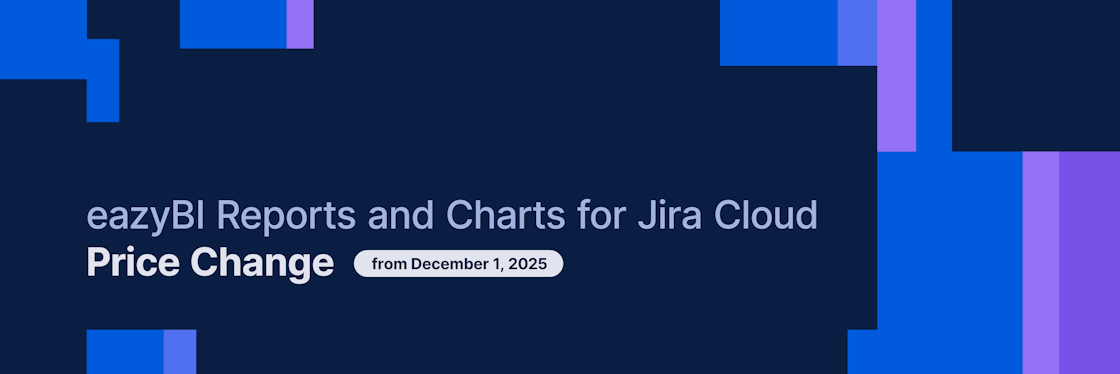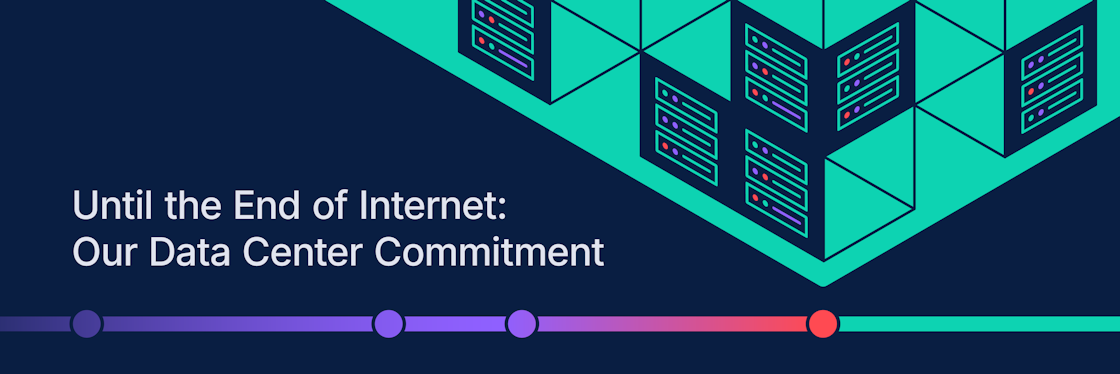

How To Create Meaningful Reporting & Why It is Important
Do all the reports we create serve a purpose? Should they? What is the purpose of reporting anyway? How many times have you created a report that nobody cares about? There are several principles you should follow to make the reporting relevant and sustainable.
In this article, I’ll try to capture some important aspects of dealing with data in a meaningful way.
Set a Goal
As for many other things we do in our life, we need to understand the purpose. The same is true for reports. For the report to be meaningful and relevant, it has to answer a meaningful question. If you do not want your report to end up in a trash box, it has to capture a business need for a relevant audience. There are a couple of questions you have to ask yourself:
- Am I capturing relevant information?
- What business decisions the reporting help to answer?
- Am I displaying the analysis that the stakeholders want to see?
If you have any doubts about any of those three questions, you should set the right basis before you start creating your reports.
There are at least two things you must do to find out stakeholder expectations for the reports you are about to build.
-
Requirements. There is no better way to find an answer than just asking the question. You can do it in many ways: an interview, a chat over a coffee, or just writing it down. It does not matter how you do it as long as you do it. The objective is to fully understand what your stakeholders want to see in the report and what decisions will be made based on the information in the report. Knowing that you can move on with creating your first report drafts.
-
Outcome. How will you know when you’re done? What does “good” look like? Stakeholders might already have a vision, leverage it! Ask them to draft/sketch the report they would like to see. Firstly, there is no added value to reinventing what’s already on someone’s mind. Secondly, it might help you to get to the final version of the report much faster.
Check for Relevance
It is easy to misuse valuable data. You should always remember about the report relevance for stakeholders and the business goals they have on their minds. It might be very useful to summarize the gathered insights and get the reporting structure pre-aligned before creating reports.
Verify Your Data
Is the quality of your data good? Are data consistent and accurate? You cannot create a reliable report with incorrect data. After you’ve defined the reports you want to make, it is worth to double check the data validity.
Note! It is always worth reconsidering situations when input data adjustments might be required in order to create sophisticated reporting. It is especially true, if it requires some changes in user experience or behaviour (anyone who is involved in creating the data for analysis). It’s worth to re-consider what added value those changes could bring and if is it worth the effort.
Set a Scope Limit
Be prepared that after you create your first reports, further requests for a more detailed view or a deep dive might come in your direction. However, this should be an easy challenge if you have a clear goal for the reports you are preparing.
Different groups and audiences might want to see different levels of detail in reports. The top management might be more interested in general trends and an overview, while project managers, product owners, and others might need a much more detailed picture.
Planning eazyBI accounts is crucial for larger organizations. To maintain the optimal performance, scope, and relevance of your reports, consider splitting your accounts by purpose, project, team, country, or any other meaningful characteristic.
Consider these 3 project groups:
- General accounts. Many issues, low granularity. The data in a General account could be used for a general overview, general KPIs, and trends where you do not need details. Optimal for comparing projects, teams, time-frames, etc.
- Team & project accounts. Reports on detailed issue levels but in a narrow scope (limited to one or a small set of projects, assignees, statuses, time periods, etc.). Meant for daily usage, regular data imports up to several times per day. These reports will contain more details, custom fields, issue change history, etc.
- Template accounts. Many granular reports share common reports and measures with other teams and projects. Why not leverage that and reuse those reports for other purposes? You can use a common template account for all your teams so that each report could be replicated in all team or project accounts as needed.
Target the Right Audience
The right audience for the report will find the report actionable and relevant. If the audience is too wide, it will result in a decrease in report relevance.
You might need to create different angles for displaying the same data for different audiences. It is better to work on different reports for different audiences and adjust them to their needs instead of creating one enormous and complex report that is difficult to digest for everyone.
Go Back to the Future
Data analysis is a process of looking at historical data. Yet the most important objective of this task is to understand how to improve the future. The historical data contains valuable business information on project performance, bottlenecks, outliers, trends, anomalies, etc. Use this information to:
- improve planning, execution, and forecasting;
- reduce estimation errors or ineffective resource allocation;
- prevent major mistakes from happening and/or repeating;
- identify trends, threats, and opportunities;
- keep teams informed, productive, accountable, and responsible;
- optimize and improve workflows, processes, and procedures;
- make well-informed, smart, data-supported decisions.







